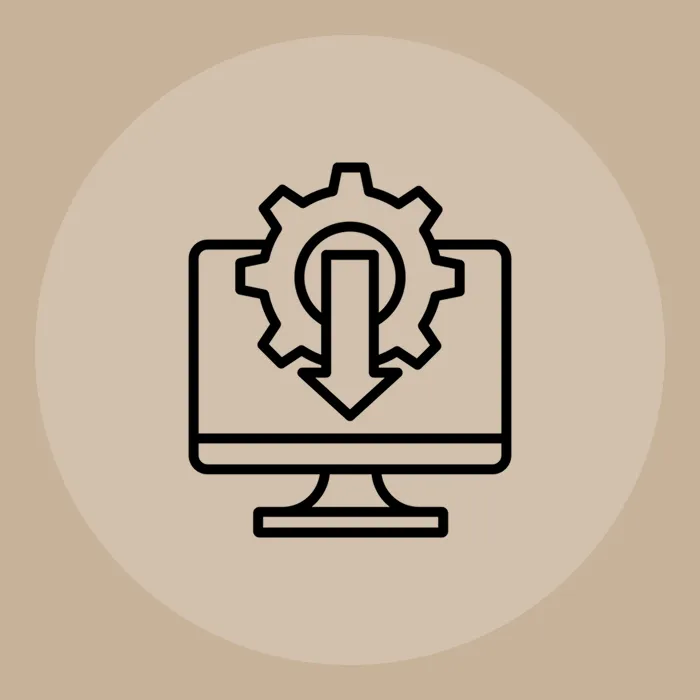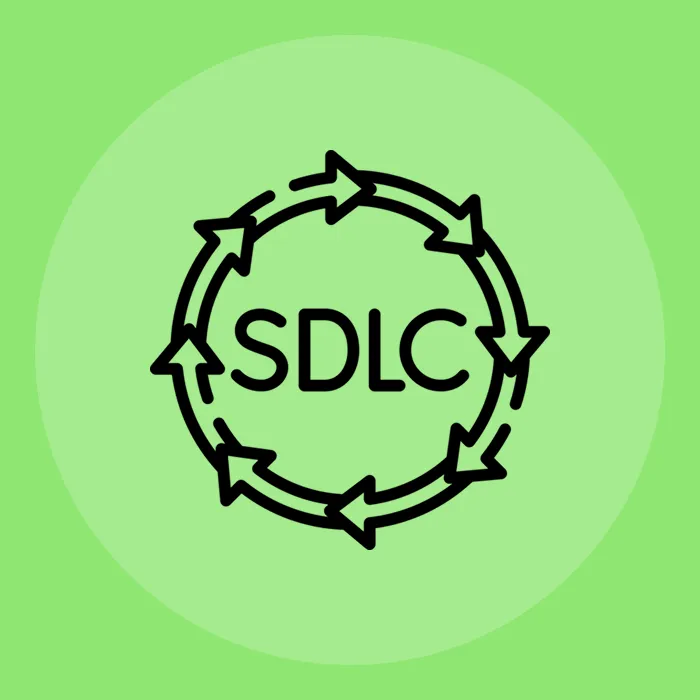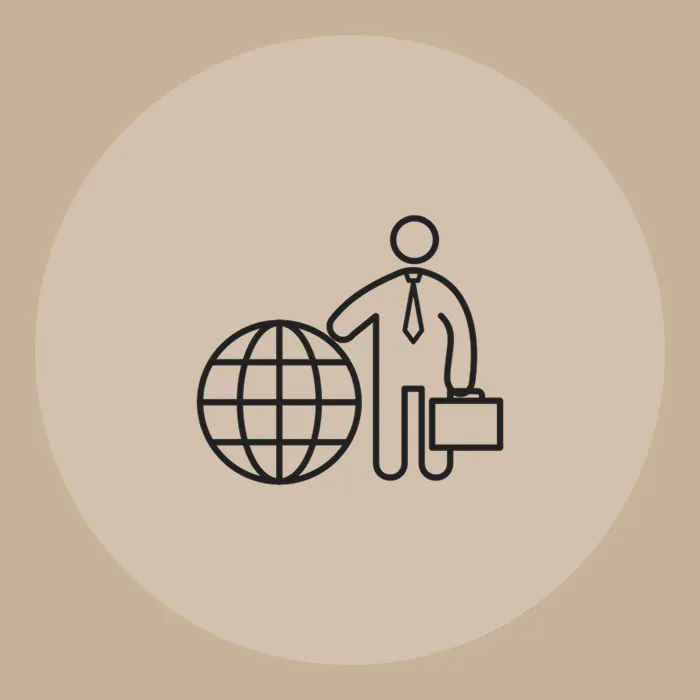Every business, not just yours, aspires to reach greater heights. Some are vigilant enough to perform the required transition and stay constant with the changing times. It could be either a change in technology or approach.
However, most IT companies are still using obsolete systems due to a combination of factors, including the reliability of legacy tech and cost considerations. The more the usage, the greater the concern towards the "hidden cost" of using legacy technologies.
This is not always a cost-concerned issue; instead, it's more critical and credibility-centered. And, for a business, it is essential to maintain a good Goodwill in the market. You should be aware that approximately 90% of organizations are affected by the use of legacy technology in their operations. This has not only hindered their growth but also brought consequences to their operational flexibility.
Thus, making a transition from age-old to modern systems is the need of the hour. The later you are, the more opportunities you lose. Align with the requirements of your business to indulge in the legacy system modernization process. Your timely actions can help you save the credibility, effectiveness, and efficiency of your business.
We will explore the hidden costs of staying true to legacy systems, their impact on growth, and how modern systems can save you in this in-depth article. Continue reading to know more.
Overview of Legacy Systems
Before we move ahead in this blog, it is essential to know what legacy systems are. The systems that rely on age-old technologies and are still in use by companies are considered outdated or legacy systems. These often lack in all the metrics that a modern-day software, hardware, or application is capable of delivering. The subtle reason behind the organization’s adoption rate (as mentioned in the stats) is due to the reliance on the environment bounded by these systems.
These outdated technology-based software solutions translate into inefficiencies, resulting in delayed business operations, slower response times, difficulty sharing data, and more. Additionally, compliance with newer rules or cloud-focused services becomes a crucial challenge for outdated systems. This leads to manual operations that take excessive time and effort.
In order to stay agile and competitive, you must transmogrify your obsolete systems to more modern ones.
What are the Hidden Costs of Using Legacy Software?
Everyone wants to stay competitive. However, only a few are willing to take the necessary steps to achieve it. You must focus on one crucial aspect if you are a legacy-first service provider.
Comfort zone often comes with a hidden cost. Relying on outdated software for your business might feel safer and reliable for a short period, but for an organization aiming to sustain longer, modernization is a viable choice. Let’s understand the hidden costs of obsolete software usage:
- Maintenance Costs
One of the most prominent is the higher maintenance costs. As the system ages, it requires more frequent updates and repairs. This directly increases the maintenance costs of keeping the obsolete systems. Plus, one more factor that impacts the maintenance costs is the shortage of skilled service providers. Moreover, the more age-old a technology or system is, the more rapidly it increases the downtime.
- Security Issues
What is the one thing that aids you in assessing whether to share your critical information or not while scrolling on an application or a web solution? Yes, that’s the security of a digital solution. Conversely, with legacy software or applications, security is the most critical issue.
Older systems can be easily attacked by hackers and compromise the data crucial to your business. This is because obsolete software/applications/systems are vulnerable because they lack the necessary and latest security patches and updates.
- Integration Difficulty
In legacy software, integration is often the most challenging task due to its inability to be integrated with modern tools. This often requires custom coding to accomplish. The cost of combining your age-old software with a modern third-party tool can be high and challenging. A precision-first approach is generally required, especially when application modernization for enterprises is the key focus (with integration capabilities in mind).
- Scalability Problems
You are using an older system/technology and are expecting it to meet the speed of today’s market, which is rarely possible. Indeed, it’s challenging to scale a legacy system due to its inability to handle increased traffic surges and data volumes. Thus, to scale aptly, legacy software solutions often require costly upgrades, which can hinder an organization's budget.
- Lower Productivity
One of the drawbacks of using legacy software is a reduction in an organization's productivity. With them, you often achieve less by investing more resources in a work. This means that, for completing a task, businesses working on legacy solutions often need to invest more resources. As a result, it translates to lower output as expected, which ultimately lowers the productivity of your business.
Impact of Obsolete Systems on the Growth of a Business
A successful business does not focus merely on the process, but it works all around, whether it is technology or operations. Similarly, using outdated systems often hinders the progress of your business. Not always, but majorly, when a business sticks to the usage of legacy software, it hampers its growth negatively. Let’s have a clear understanding of the impact of legacy technology on growth.
- Poor Customer Experience
Users’ perception is changing rapidly, and if you are using legacy systems, then it is difficult to match this increasing pace. This is because these software solutions may not support the user-specific personalization, speed, or connectivity to meet the needs of present-day customers. It will result in poor customer expectations, leading to decreased user satisfaction and a decline in revenue.
- Low to No Opportunities
Reliance on legacy technologies reduces a business's belief in new and updated technologies. Sticking to obsolete tech may degrade a business’s efficiency, user experience, or product offerings. As a result, one can have substantially low or no new opportunities, ultimately negatively hampering the competitive advantage.
- Innovation Stagnancy
Every quarter of the year, there’s new technology we envision. This AI-led era is empowering businesses to be more innovative and future-focused. However, some companies are still focusing on using age-old technology, which limits their approach towards innovation. This halts a business’s ability to stay innovative and attract more positive opportunities.
Why Should You Perform Legacy Software Modernization?
There is an incentive hidden in every initiative taken towards growth. And legacy transformation is one of the most significant initiatives you can undertake. Everything that requires change, technology, or software modernization brings in the required value you have envisioned for your business. Hence, it is wise to update or replace obsolete software. This section covers the “Why” of modernization. Let’s understand the process:
- Improved Efficiency
Legacy systems often struggle to deliver top-notch performance due to their reliance on outdated technologies. However, when you invest in application modernization, various advantages unfold, one of which is enhanced efficiency of your business operations. Modernizing enhances the speed at which your digital solution loads, thereby improving its efficiency.
- Better Security
Your initiation towards the investment in application modernization greatly aids in improving the security. Your digital solution can now match modern security-first measures, such as timely security updates, adherence to industry-best compliance, and following security protocols, among others. This helps make your digital solution ready to combat cyberattacks and safeguard critical data.
- Cost-effectiveness
Maintaining outdated software requires a significant investment in hiring experts and fixing the glitches. Modernizing a digital solution can be cost-effective, as you do not have to invest in everything (including integration, customization, or other things), like you did in outdated software. Also, application modernization for enterprises can significantly reduce operational expenses, as modern-day software runs on less infrastructure and needs only a few skilled resources to maintain.
- Enhanced User-Experience
Modern digital solutions often offer a better experience to users, from scrolling to navigation. Not only do users benefit, but a modernized solution also helps improve the employee experience. This results in positive outcomes by amplifying productivity, user satisfaction, and engagement.
- Future-Proofing
Tools of today are designed to grow with your community. Unlike legacy systems, modern solutions are mainly built on flexible technologies that promote long-term sustainability and growth. Technologies like AI, cloud computing, microservices, and more turn a legacy solution into a future-ready modern solution.
Conclusion
This blog advocates for the hidden costs of legacy software and its impact on business growth. In between the growth and implementation of modern strategies, there remain legacy systems. These outdated software programs negatively impact the progress of a business.
Therefore, if you are business aims to sustain longer and attain a competitive edge, then it is a must that you invest in legacy system modernization. Modernized digital solutions offer numerous benefits, including enhanced security, efficiency, and an improved user experience.
The subtle nuance lies in partnering with the right company to invest in the modernization approach. It is advisable to conduct an in-depth study of the service provider, review their portfolios, and check their reviews. Then, only decide to hire an expert to work with.
Author Bio:
Daisy Brown is a skilled software developer with years of experience in modernizing legacy systems and applications. In her free time, she writes information-packed articles by infusing the touch of her expertise into them.










